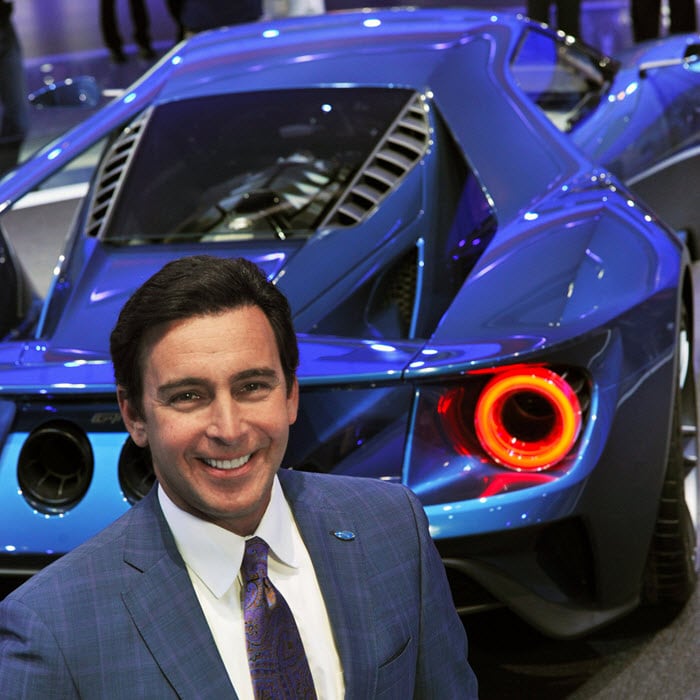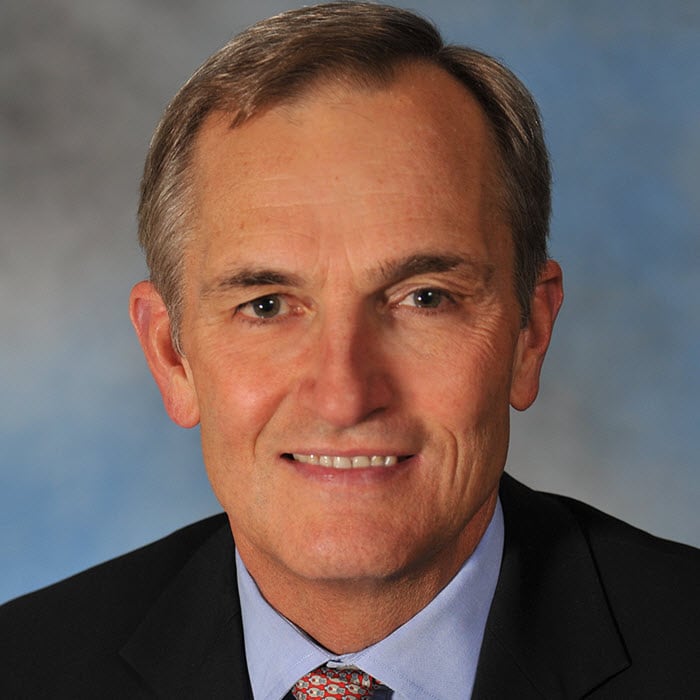Exploring the future of mobility at Ford has been saved

Perspectives
Exploring the future of mobility at Ford
In July 2014, Mark Fields took the helm of Ford Motor Company, announcing shortly thereafter that the company would embark on a journey to transform into a product and mobility company. In this article, Mark discusses Ford Smart Mobility and what the future of mobility may have in store for the company.
Transforming Ford into a product and mobility company
In July 2014, Mark Fields stepped into the role of president and CEO of Ford Motor Company, announcing shortly thereafter that the company would embark on a journey that would ultimately transform Ford into a product and mobility company. At the 2015 Consumer Electronics Show (CES), he announced Ford Smart Mobility—the company’s plan to get to the next level in connectivity, mobility, autonomous vehicles, the customer experience, and data and analytics.
A year later, Joe Vitale, global Automotive industry leader, Deloitte Touche Tohmatsu Limited, and Scott Corwin, senior director, Deloitte Consulting LLP, sat down with Mark to discuss Ford Smart Mobility and what the future of mobility may have in store for the company. An excerpt from this conversation is below. For the full discussion, download the PDF.
You can also read the full supplement "Examining the evolving mobility ecosystem" here.
A conversation with Mark Fields, president and CEO, Ford Motor Company
Ford was one of the first companies to push the envelope around mobility, driving to not only be a product company but a product and mobility company. What does that mean for Ford and for consumers?
Every company has to have a purpose—a reason they exist. At Ford, our purpose has always been about making people’s lives better, and this dates back to our founder, Henry Ford. His affordable car put the world on wheels and made physical movement and mobility accessible to everyone. It gave people the ability to pursue new experiences and expand economic opportunities.
In its simplest form, mobility is giving people the freedom to live, work and play where they want. So when we talk about becoming both an automotive and a mobility company, it is about more than just moving from Point A to Point B. It really is about human progress. As a company, we want to provide that freedom of mobility to help make people’s lives better and change the way the world moves.
There are four global trends that are driving our approach.
First is the growth of megacities. There is simply going to be more and more congestion around the world as more people move into cities. Today, there are 28 megacities or metropolitan areas with total populations of more than 10 million people worldwide. Fast-forward to 2030, and we expect to see at least 41 megacities worldwide.
At the same time many cities are growing, we are seeing a second megatrend: the rapid growth of the global middle class, which is expected to double globally from two to four billion by 2030. The growth of the middle class will further add to the congestion issue, as well as contribute to air pollution and other basic health concerns, which is the third trend we are watching.
Finally, we’re watching consumers’ changing mindsets, particularly among millennials. They are doing everything different than older generations. They’re delaying marriage, buying houses, and having children. Their whole idea of mobility, particularly in urban areas, is centered on needing access versus ownership. And they use technology to stay connected and consume products and services in more ways than we have ever seen before.
When we think of ourselves as a mobility company, it comes back to our vision of making people’s lives better by changing the way the world moves.


